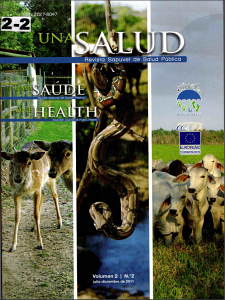Abstract
Brucellosis is the most widespread zoonotic disease worldwide that affects various animals, including domestic species and wildlife. It is caused by bacteria belonging to the genus Brucella, which includes nine different species and infective terrestrial and marine mammals. Each species of Brucella has variations in DNA sequence involving nucleotides in a specific position in the genome. These variations are called polymorphisms The polymorphism of Brucella species located in the genes coding for proteins glk, omp25, and trpE was used to develop a multiplex assay based on primer extension, with which it can identify an isolate as a member of nine recognized species. Traditional methods for identification of Brucella at the species level, time consuming and endanger laboratory staff. That is why the aim of this work is to avoid ambiguity, to streamline the procedure, reduce the response time and generate a more effective laboratory tool for improving epidemiological surveillance, diagnosis and approach of brucellosis in Costa Rica. This paper presents the standardization of the protocol for DNA extraction of Brucella, the standardization of a series of amplifications of fragments of genes of interest through the chain reaction (PCR) and standardization of the extension reaction primers.Downloads
Download data is not yet available.



